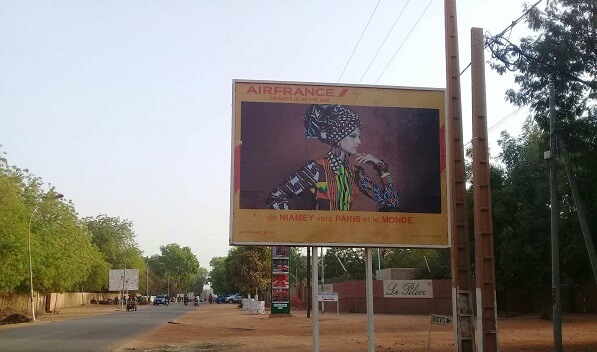By Leonie Jegen and Franzisca Zanker
Leonie Jegen is a researcher at the Arnold Bergstraesser Institute where she currently works on the project “The Political Economy of Migration Governance in West Africa” for which she conducted field research in Niger and Senegal earlier this year. This project is part of the Mercator Dialogue on Asylum and Migration (MEDAM).
Franzisca Zanker is a senior researcher at the Arnold Bergstraesser-Institute at the University of Freiburg, where she heads the research cluster “Patterns of (Forced) Migration”. She is a political scientist working on conflict and migration research.
A new evacuation plan to fly out migrants to Rwanda from Libya, recently announced, offers a way out for some individuals but for the majority the well-documented abuse and torture in Libya is still the reality. Talk of the new evacuation scheme reportedly started following the deadly airstrikes of the Tajoura Detention Centre in July this year, which led to the death of more than forty refugees and other migrants.
Mirroring the “Emergency Transit Mechanism” (ETM) already known from Niger, this EU and AU funded initiative, though details are still unclear, will fly out 500 evacuees across the continent to Rwanda, from where face different potential scenarios, either to stay, return home or eventually be resettled. Or at least that’s the plan.
As of 27th August, a total of 2,913 refugees have been evacuated to Niger, one of the world’s poorest countries, in an agreement that stems from the African-EU summit in November 2017. However, the scheme remains riddled with problems.
Although the exact terms of the Niger ETM remain opaque, the majority of Nigerien officials and international aid workers we talked to recently, agreed that the condition of agreement was that all evacuees should be resettled. However, many refugees resettled have to undergo lengthy screening procedures in Niger. By August, only 59 %, or 1,723 individuals have been resettled to countries in the EU and the US. What will happen to those that do not meet strict resettlement requirements remains unclear. Tensions over slow resettlement pace rose to a level that made the Nigerien government temporarily halt the scheme for a few months in 2018.
Earlier this year, UNHCR opened a camp called a ‘transit centre’ in Hamdallaye, 40 km outside of the capital Niamey, where evacuees were previously hosted in houses. This move reduces the ability for income generation and refugees have protested the dire conditions in the new transit centres, including food and water-shortages and a lack of medical care. Without access to resettlement these people are left in a limbo rather than with a sustainable solution.
Simultaneously, a second camp, called a “humanitarian centre”, has been opened outside the city of Agadez. This followed the so-called “self-evacuation” of Sudanese refugees, primarily from Libya, but also from Sudan and Chad. Political and societal hostility towards the newcomers, cumulated in the deportation of 135 Sudanese asylum seekers back to Libya in May 2018, a breach of the non-refoulement principle.
Our respondents highlighted that only after pressure from international actors the Nigerien Government allowed for the opening of the humanitarian centre, where self-evacuated refugees undergo the refugee status determination procedure. With the absence of political will for resettlement of self-evacuees on the one hand, and the objective to prevent resettlement driven displacement to Niger from Libya on the other, a de facto two-class access to resettlement is created, with those self-evacuating facing a lower likelihood of resettlement opportunities.
According to UNHCR, the new deal with Rwanda will help with the “pervasively inhumane detention policy facing those disembarked in Libya.” However, it will only do so for a handful and the differential access to resettlement options of “self-evacuees” and formal ETM evacuees remains an obvious challenge.
Of course we cannot expect evacuation schemes alone to provide a structured and coherent solution to the situation in Libya. Europe will have to do more than supporting ad hoc emergency initiatives and take direct responsibility. A first move would be to exchange the current cooperation with the Libyan coast guard with a willingness to create safe and legal pathways also to Europe. The displacement crisis should not be contained to the African continent but it can be better handled if Europe starts leading by example.
Op-ed: ECRE publishes op-eds by commentators with relevant experience and expertise in the field who want to contribute to the debate on refugee rights in Europe. The views expressed are those of the author and does not necessarily reflect ECRE positions.
The ECRE Weekly Bulletin is currently featuring a number of interviews and op-eds presenting critical perspectives on the EU cooperation on migration with different African countries.
Photo: Leonie Jegen
This article appeared in the ECRE Weekly Bulletin . You can subscribe to the Weekly Bulletin here.

